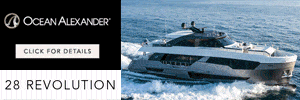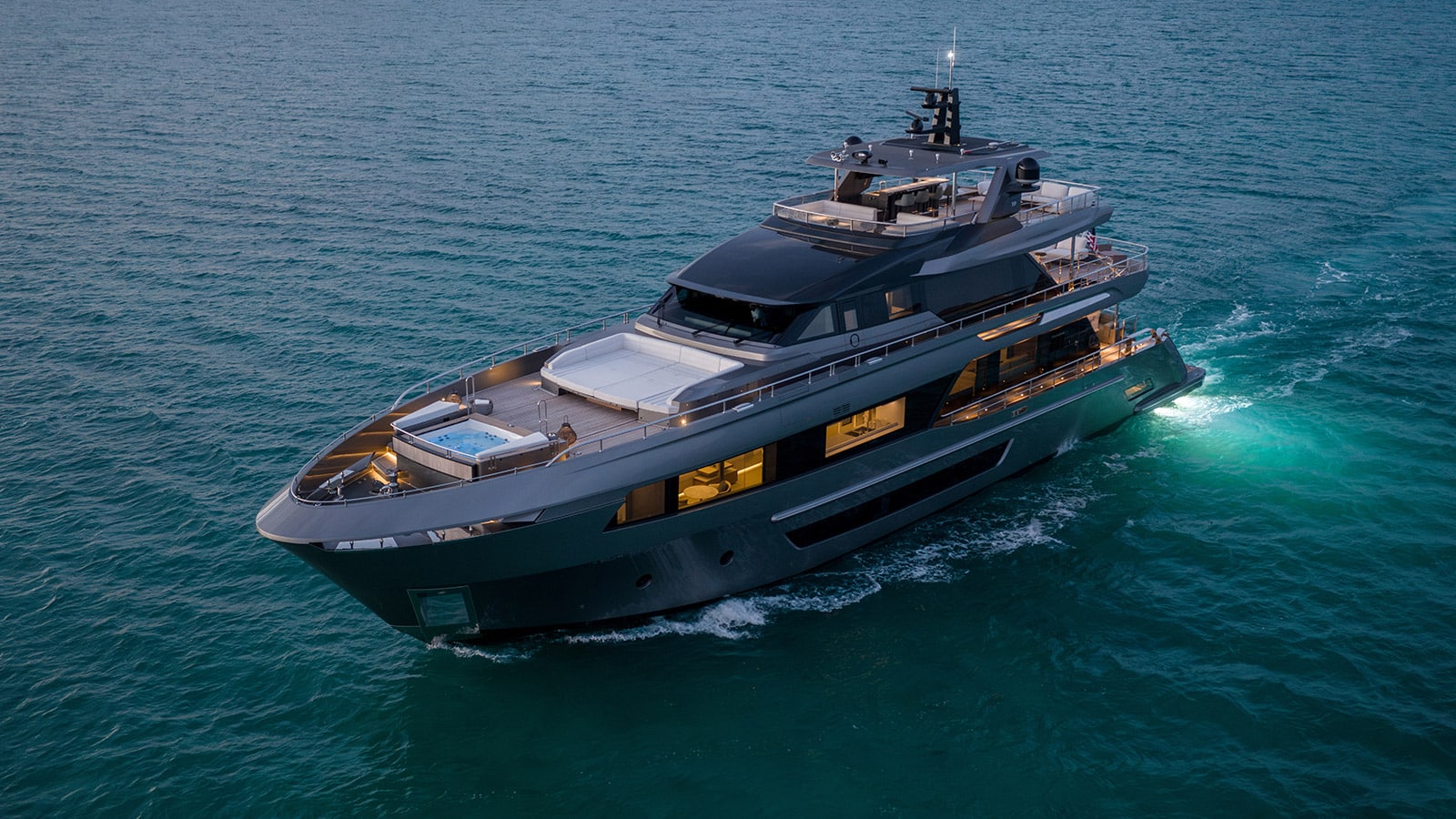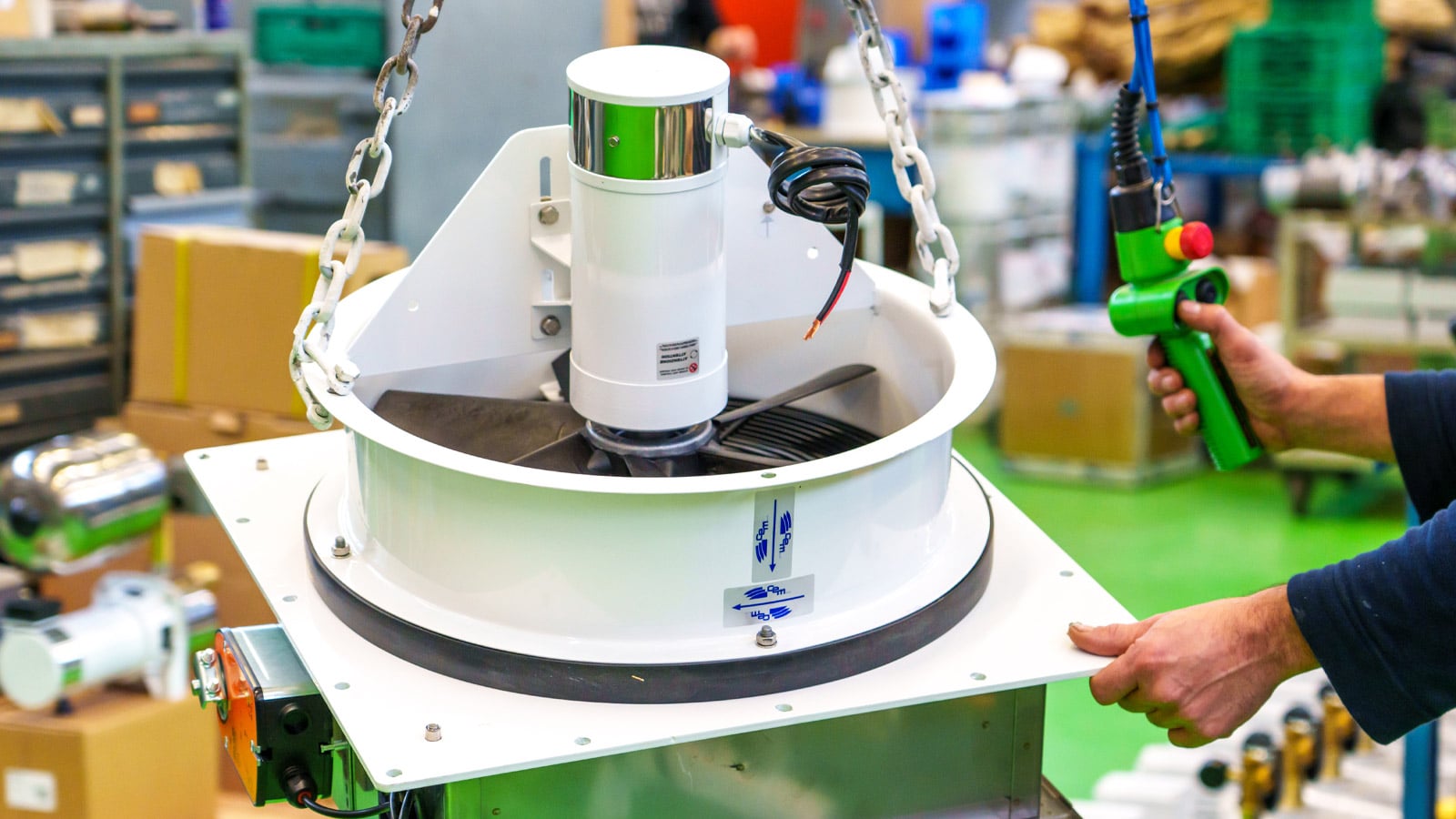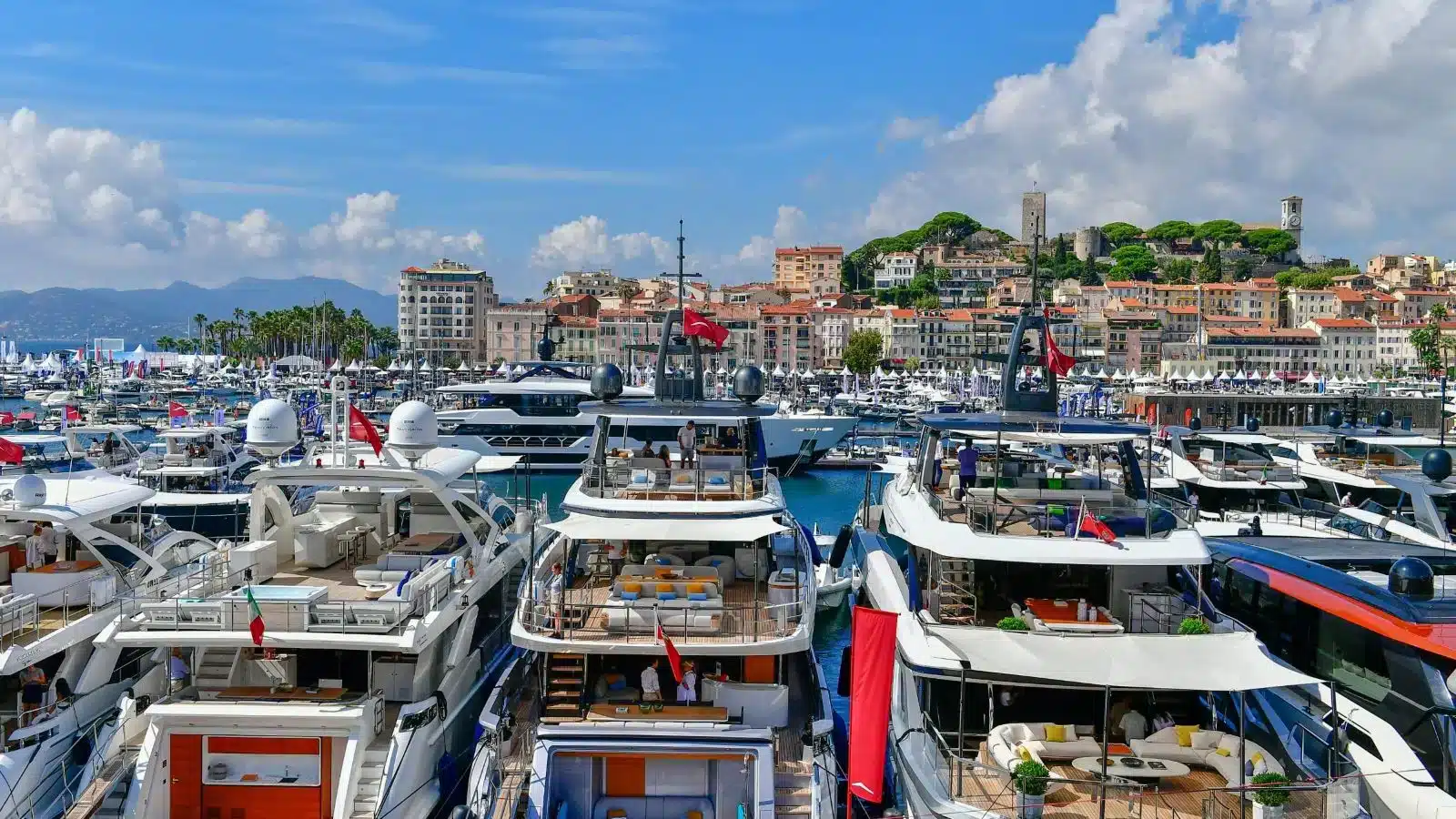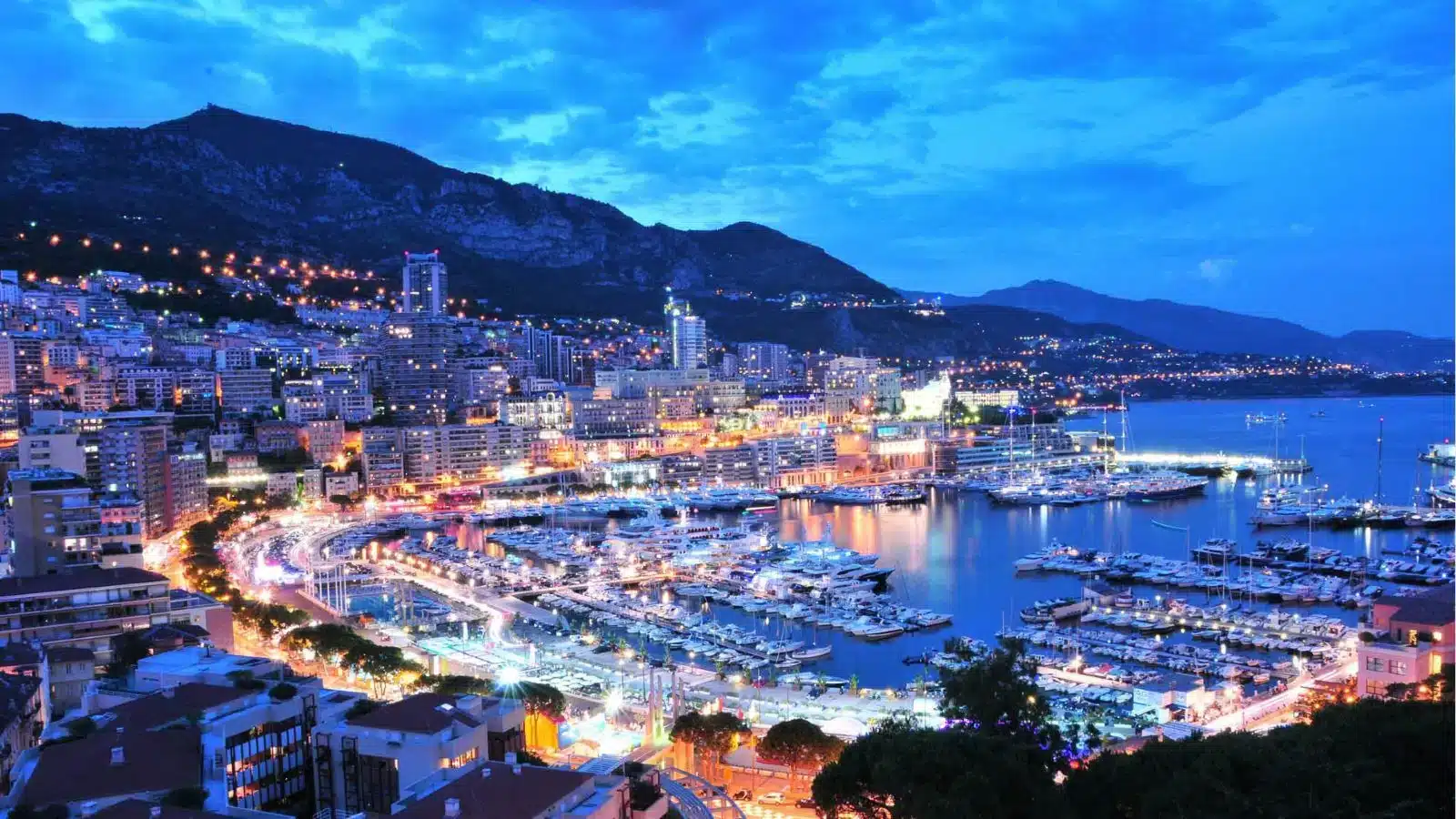 TheMonaco Yacht Show will be zero-emission by 2050. In other words, a 100% green event.
TheMonaco Yacht Show will be zero-emission by 2050. In other words, a 100% green event.
This is the ambitious goal that the Monaco show aims to achieve in the long term but which, of course, requires a strong commitment from the entire industry in order for it to be achieved.
And it is for this purpose that the Monaco Yacht Show hosted a webinar exclusively for exhibitors and show suppliers to discuss its Carbon Neutrality Transition Plan, with particular focus on its ongoing efforts to minimize its environmental impact.
Promoted in collaboration with the auditing agency Nadeis which supports the show in its sustainability initiatives, this transition plan consists of three phases, which aim, of course, to actively involve exhibitors and suppliers.
The ambitious goal is to reduce CO2 emissions by 60 percent by 2025 compared to 2022, aligning with the Principality of Monaco’s low-carbon trajectory to achieve carbon neutrality by 2050,with an intermediate step planned for 2030, the year in which a net reduction of up to 55 percent of emissions is targeted.
 How to make such an important and international event completely green? First of all by realizing its environmental impact. And so, right during the webinar, the methodology used to calculate the event’s carbon footprint was presented, with a focus on phase 1 and 2022 results. Data collection at last year’s MYS was conducted from various stakeholders, including visitors, exhibitors, service providers, and yacht captains.
How to make such an important and international event completely green? First of all by realizing its environmental impact. And so, right during the webinar, the methodology used to calculate the event’s carbon footprint was presented, with a focus on phase 1 and 2022 results. Data collection at last year’s MYS was conducted from various stakeholders, including visitors, exhibitors, service providers, and yacht captains.
A well-delineated vision of the future focused on upcoming measures and initiatives for further GHG emission reductions right away through three scope categories.
 Scope 1 represents direct emissions that MYS owns or controls, including air conditioning refrigerants. The largest emission in this scope came from the refrigerants used in air conditioning machines, amounting to 48.5 tons.
Scope 1 represents direct emissions that MYS owns or controls, including air conditioning refrigerants. The largest emission in this scope came from the refrigerants used in air conditioning machines, amounting to 48.5 tons.
Scope 2 includes indirect emissions from electricity and water consumption. The emissions in this scope were relatively low, with minimal impact from water (0.1 tons of emissions) and electricity (2.4 tons) usage.
Scope 3 covers other indirect emissions from activities not owned or controlled by MYS, such as exhibitors, suppliers, waste, and transportation. The emissions in this scope were significant, with notable contributions from exhibitors, visitors, waste, and service providers.
Employees contribute 1 ton, which is equivalent to 190 round trips from Paris to Bordeaux by train. Visitors generate 6,608 tons, equivalent to 6,600 round trips from Paris to New York by air. Waste amounts to 5 tons, equivalent to 44,000 plastic cups. Service providers contribute 39 tons, equivalent to 741 years of power consumption of a TV. Exhibitors generate 77 tons, equivalent to driving 620,000 kilometres in a diesel car.
 These results underscore the need for comprehensive efforts to reduce emissions in all scopes, promoting sustainable practices and environmental responsibility throughout the Monaco Yacht Show. Not surprisingly, the 2022 edition featured a Sustainability Hub aiming to raise awareness and promote sustainable practices among exhibitors and visitors.
These results underscore the need for comprehensive efforts to reduce emissions in all scopes, promoting sustainable practices and environmental responsibility throughout the Monaco Yacht Show. Not surprisingly, the 2022 edition featured a Sustainability Hub aiming to raise awareness and promote sustainable practices among exhibitors and visitors.
A joint effort to achieve a common goal that, however, naturally brings with it obvious advantages, not only environmental but also economic, just think of the management of the carbon footprint of the events: the future of boating has taken this course, and by now trying to oppose it would make no sense, and in Monaco they are fully aware of this.
Appointment, then, from September 27 to 30 for what we can effectively define as the most Green edition of the Monaco Yacht Show ever, but only so far, because now that the goals are set the goal is only one: to achieve them, whatever the cost.


